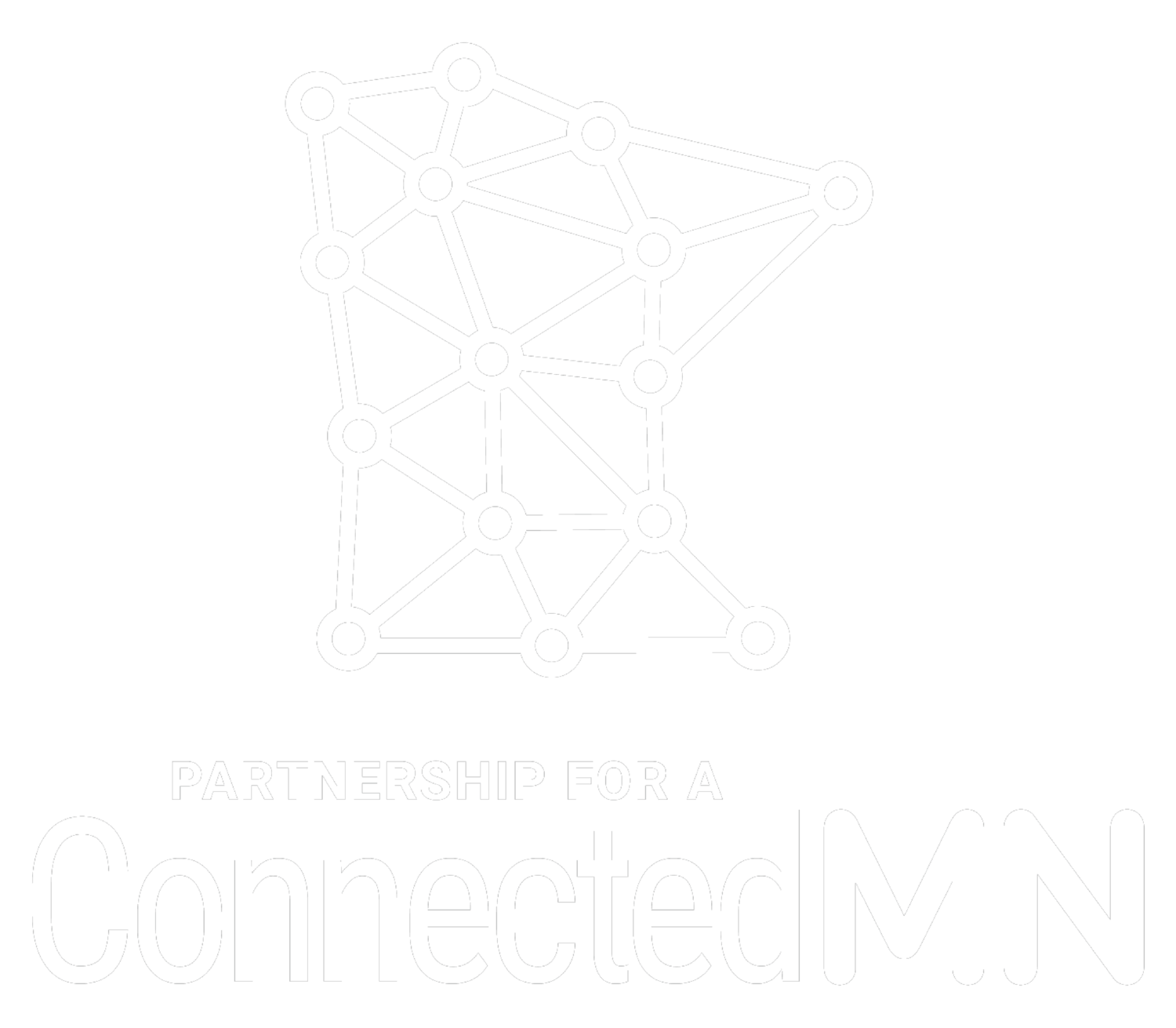Promoting Partnerships: PCs for People Partner up in Hotspot Distribution Project
“When working together, we can accomplish greater things. ”
Source: PCs for People Facebook Page
The internet is a gateway into accessing jobs, healthcare, and education. It’s the predominant method for communication, it’s how we access information, it’s how we navigate resources. Without the ability to connect face-to-face during the pandemic, we relied more than ever on the internet to keep life going. Yet not everyone could work remotely or attended online classes with ease. PCs for People, an organization driven to distribute affordable technology, saw technological disparities that needed to be addressed in their communities.
About PCs for People
PCs for People’s mission is about providing affordable technology and broadband internet to low-income individuals. Eligible individuals and nonprofits can purchase refurbished laptops and desktops, mobile internet, computer repair, and tech recycling at a low cost. The recycling program is NAID AAA-Certified for data security wiping, and R2- Certified for sustainable zero landfill recycling. PCs for People are not only affordable, but reliable and sustainable.
PCs for People believe technology is a basic need in society: for work, job training, job applications, school, telehealth, accessing unemployment benefits, and more. Going to the public library for necessities puts a massive dent in the already busy lives of people. Distributing these supplies to families for direct use is a step in achieving digital equity.
Learn more about PCs for People here
About the Hotspot Distribution Project
The hotspot distribution project was initially going to be a smaller project initiated by Valerie Castile. However, when the second round of ConnectedMN’s grants came out, PCs for People was inspired to go bigger with their collaboration and goals. Hotspot distribution was chosen because community members had computers, but could not connect to the internet. Connection in homes was the biggest need, so PCs for People stepped up to meet it.
PCs for People partnered with organizations serving Black and Indigenous populations on the ground to better provide what these families needed. Specifically, they partnered with groups like the Philando Castile Relief Foundation, Intermediate District 287, Central High School PAC, and the Hallie Q. Brown Community Center to help accomplish distribution of the hotspots. These organizations already had a role in students and family’s lives, supporting families in nutrition, clothing, experiencing gun violence, and online education.
After receiving the requested funding, PCs for People focused on meeting the community’s needs. With partners at the St. Paul Public Schools, PCs for People determined that online learning was incredibly challenging for students, especially for children speaking English as a second language. The research showed that students were not logging on to school. PCs for People aimed to address this problem. They wanted to help students end the school year strong by providing hotspots for reliable, affordable internet access.
The hotspot distribution events happened at multiple locations in St. Paul. Mary Lucic, the Community Outreach and Fundraising Manager for PCs for People, described an engaging scene at Central High School with food trucks, DJs, and handing out hotspots. As a follow up, the Hmong American Partnership hosted the second round of distribution. The popularity of the project spread by word of mouth, causing more and more families to participate towards the end of the project. Families who hardly used their phones before now had hotspots to provide them faster internet connections and support for more devices.
Source: PCs for People Facebook Page
Impact
In all, PCs for People and their partners distributed 250 hotspots. Since one of the partners, District 287 needed less hotspots than anticipated, PCs for People was able to use that excess funding to provide the families in this district headsets and mice as well. The additional supplies helped PCs for People better meet the needs of families through resources beyond hotspots for school and remote work.
Mary Lucic stated that the partners in this project helped PCs for People reach populations they would not usually connect with. It was inspiring for Mary to be able to work with people who did not know English. Through partner organizations who had established relationships and language abilities with these families, PCs for People were able to communicate with families on how to use this technology.
Digital Equity Going Forward
According to Mary, this project is but a sliver in what needs to be accomplished. The pandemic illustrated large divides, and communities, organizations, and funders have been stepping up to meet these challenges.
To PCs for People, digital equity is not only about everyone’s access to technology as a tool to be successful in society, but the support and training to use technology safely. In future endeavors, Mary articulated how important it is to provide families with expanded digital support and education. While people know they can go to PCs for People for support, partner organizations stepping in helps make the process go better. Access to information without language barriers is an important part of digital equity. Providing training and information resources in more languages could generate more inclusive programs.
PCs for People noticed the difference in partnering with organizations that already had community trust. Without support from other organizations, PCs for People may not have reached these communities. Partnerships in this project were vital to reaching out to people that would not initially go to PCs for People for assistance.
PCs for People’s project emphasized the importance of collaboration. They showed that when working together, we can accomplish greater things.


